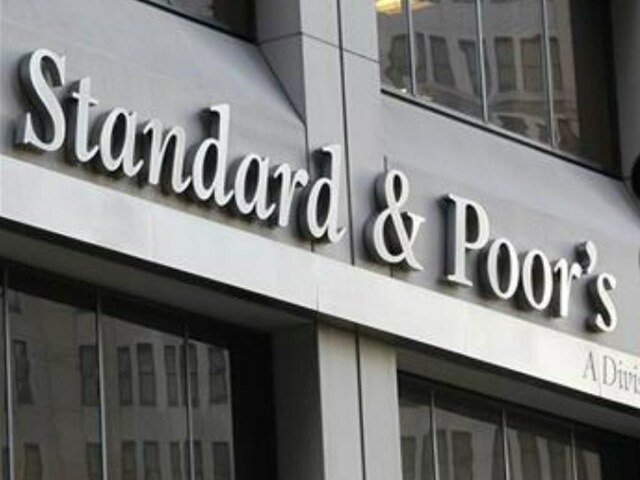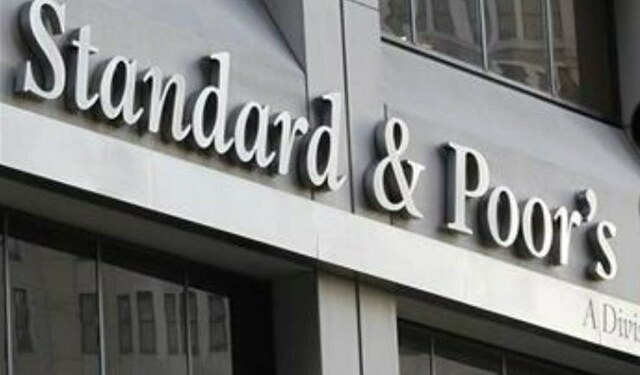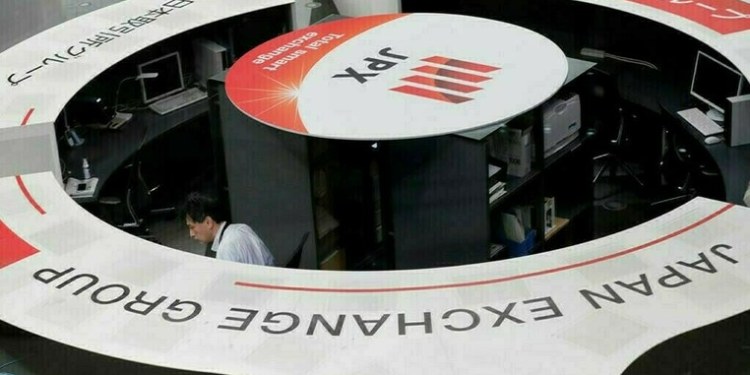NEW YORK: The S&P 500 and the Nasdaq rose slightly on Friday, with small-cap stocks outperforming the three main indexes, as data eased fears of a weakening jobs market and supported expectations for a smaller rate cut by the Federal Reserve at its next meeting.
A Labor Department report showed job growth accelerated in September and unemployment had slipped to 4.1%, further diminishing the need for the US central bank to maintain large interest-rate cuts at its final two meetings this year.
Traders raised their bets on a 25-basis-point reduction at the Fed’s November meeting to 98.3%, up from more than 71% before the data was out, according to the CME Group’s FedWatch Tool.
“The market does expect additional cuts, but the question is by a total of how much. It’s probably taken the 50-bps rate-cut expectations off the table,” said Robert Pavlik, senior portfolio manager at Dakota Wealth.
“The economy is softening and if they (the Fed) keep interest rates too high for too long, then they risk slowing the economy down into a recession.” BofA Global Research said it now expects the Federal Reserve to deliver a 25-bps rate cut in November, compared with its earlier forecast of a 50-bps reduction.
The Dow Jones Industrial Average rose 149.22 points, or 0.36%, to 42,160.81, the S&P 500 gained 25.47 points, or 0.45%, to 5,725.41 and the Nasdaq Composite gained 131.94 points, or 0.74%, to 18,050.42. The Russell 2000 index tracking small caps, which do well in a lower rate environment, rose more than 1%.
Eight of the 11 S&P 500 sectors trended higher, with cyclicals such as Consumer Discretionary and Financials being the top gainers, with a 0.9% rise each. Big banks such as JPMorgan Chase & Co added 2.3% and Wells Fargo gained 2.5%, sending the broader Banks index up 1.6%. The yield on two-year Treasury notes rose to 3.89% after the report’s release.
The labor market has been under increased scrutiny after the central bank slashed interest rates in September by a rare 50 basis points, to stave off further weakening in employment.
Wall Street’s main indexes were set to end October’s first week lower, as investors remained jittery about a potential escalation in Middle East hostilities, as well as the workers’ strike earlier this week. The Energy sector also gained 0.7% as crude prices surged on worries of supply disruptions in the Middle East due to the widening conflict in the region.
Energy stocks were on track to log their biggest weekly jump in two years, if gains hold. Meanwhile, ports on the East and Gulf coasts reopened, but clearing the cargo backlog will likely take time. US shares of Zim Integrated Shipping Services were down 14.9%. Among others, Spirit Airlines nosedived 25% after a report showed the carrier was in talks with bondholders about a potential bankruptcy filing.
Rivian shed 6.8% after the EV startup cut its full-year production forecast and delivered fewer vehicles than expected in the third quarter. Advancing issues outnumbered decliners by a 1.61-to-1 ratio on the NYSE, and by a 2.15-to-1 ratio on the Nasdaq. The S&P 500 posted 29 new 52-week highs and one new low, while the Nasdaq Composite recorded 77 new highs and 59 new lows.

Source: Brecorder





























